Did you spend more time on the internet in 2020? We did.
And so did a lot of industries (think education, live entertainment and the likes). 2020 challenged them to fine-tune business virtually while existing digital players too had to reimagine the way things work. After a whole year of practice and analysis, here are some Digital Trends to look out for in 2021.
1. Closer Communities?
It might feel like we have been in a state of content overload for a while now. And that fatigue might be pushing us more towards community building content than generic mass marketing. This translates to more conversational communication with a hint of personal touch, increasing the scope for newsletters. Reuter’s states in their Digital News Report 2020 that 21% of people in the United States access news on email once every week. The same report states that there has been a significant increase in people paying for news; the next step is community building as users paying for news implies their trust in the publication.
In a year where thousands of journalists around the world have lost their jobs, we’ve also seen a rise in independent journalists launching their own newsletters. And services like Substack and Patreon have positioned themselves as the one-stop-shop for journalists and writers to distribute and monetise their work.
2. Will Truth Prevail?
We spent the whole year speculating if what we were consuming was legit or not whether it was the pandemic, cure, protocols, official stats, world politics or polarization. In response, fact-checking organisations and websites have been on a rise in the last two years, and that’s likely to continue.
Even social media sites like Facebook and Twitter took a more active role in pointing out information that might be misleading or even mentioned the pandemic. But there is some evidence that these tactics may not be as effective as the tech giants hoped.
3. Stories 2.0?
TikTok’s style of mixing and mashing existing audio and effects has proved to be infectious enough to attract copycats around the globe. Experts believe that organisations will leverage user-made content even more in 2021, leveraging curated content to propel their reach. One possible reason is that perhaps it feels more participatory. So, even the TikTok alternatives like Instagram Reels—for countries like India where TikTok is banned—are riding the same wave, which is likely to continue into 2021.
4. Tired of Virtual Events Yet?
2020 ripped people off the whole experience of attending events: concerts, newsroom debates, learning sessions, and every other kind of event moved online. People have—slowly but strongly—understood the benefits of this shift: no geographical constraints, better on the pocket, more accessible albeit a little impersonal. Organisations like The Texas Tribune, and Splice adapted very quickly to this changing trend. Even annual Indian media events like ET Edge, HTLS and Media Rumble stuck to online formats.
With so many live sessions to choose from, we were reminded that too much of a good thing can be tiring too (ever heard of Zoom Fatigue?). And sometimes, we just wanted to watch a recap instead of attending endless live streams, or we just wanted to listen to it like a podcast. At the start of the lockdowns, podcast listenership took a dip because people were no longer commuting. But it didn’t take long for the medium to make a comeback as people listened while cleaning the house, making food or just taking a break from screen time. And this trend may continue into 2021.
5. Do you Meme It?
2020 was a basket of bad news, one after the other. But memes made everything slightly more tolerable; definitely better for nerves. Memes are going to continue to rule your social media feeds. 55% of people in the 13-35 year-age bracket are communicating in memes and sharing memes week-on-week.
6. Are we ready for AR?
Virtual Reality has managed to stick around for a while now but hasn’t lived up to a lot of promises made in its early days. Tech giants like Google and Facebook continue to launch VR wearable and supported tech but nothing has really broken into the mainstream. AR—Augmented Reality—is a sort of an extension of VR. Some predict it will be the next big thing, while others say it’s just another passing fad like Google Glass.

In Old News Fellows are regularly taking their MoJo kits for an outing, covering impactful visuals creating compelling video stories. Here are some of the highlights from the week:
Murthal was once a place for those travelling to the Himalayas or Punjab to stop along their journey for their famous paranthas. But COVID-19 has been devastating for the people who serve those parathas at the famous dhabas. Many employees, mostly migrant workers from other states, had to return to their hometowns during the first lockdown but come back soon after as they couldn't stay back without earning. Some others couldn't go back at all ad had to make ends meet. In Old News Fellow Jaishree Kumar reported for 101 Reporters:
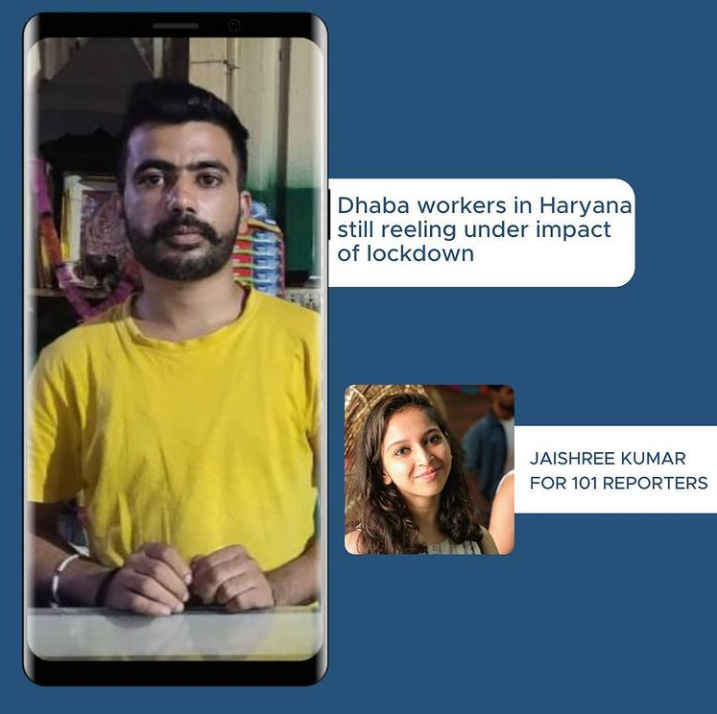
Himalayan ranges are known for heavy snowfall year after year. But a lack of snow from 2015-2018 affected the winter games and the overall sustenance of the people as they rely on snow-tourism. In Old News Fellow Varsha Singh reported for TERI.
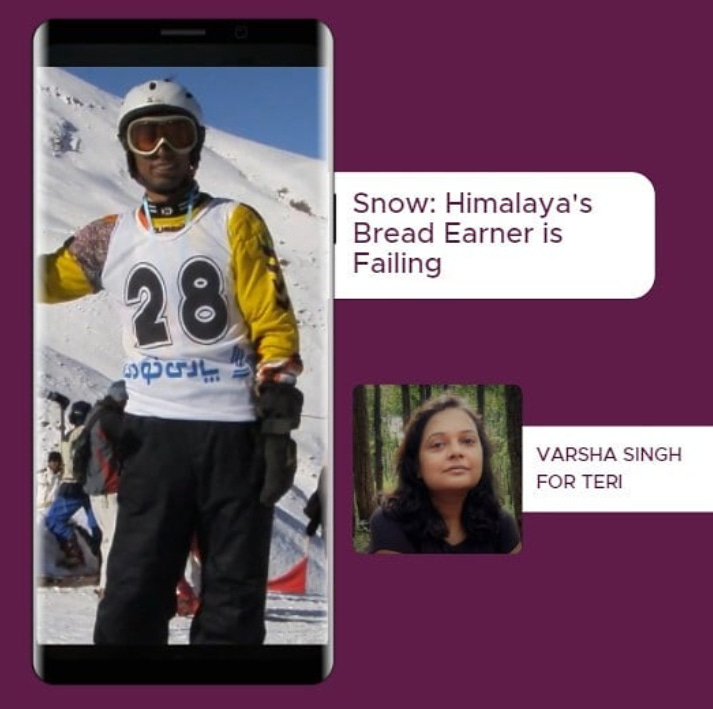
Delhi's temperature plummets but that has not deterred the farmers who're sitting in protest against the farm bills. They are determined to stand their ground till these bills are withdrawn by the government, and they are prepared for a long haul. In Old News Fellow Kapil Kajal reported for The Federal:

Purnima Sah reported on people gathering from various parts of West Bengal for Mamata Banerjee's North Bengal Tour ahead of the elections. Watch this report to also know about how #MoJo looks when in action.
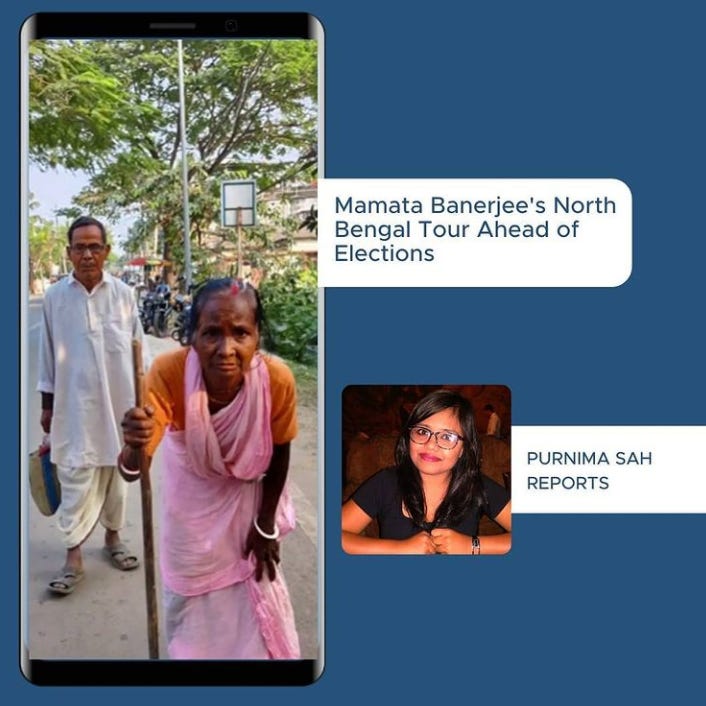
This week, we picked the grantees of the In Old News Fellowship who are now chasing their stories. Stay tuned on our social media channels for constant updates.

BBC World (Online) is hiring:
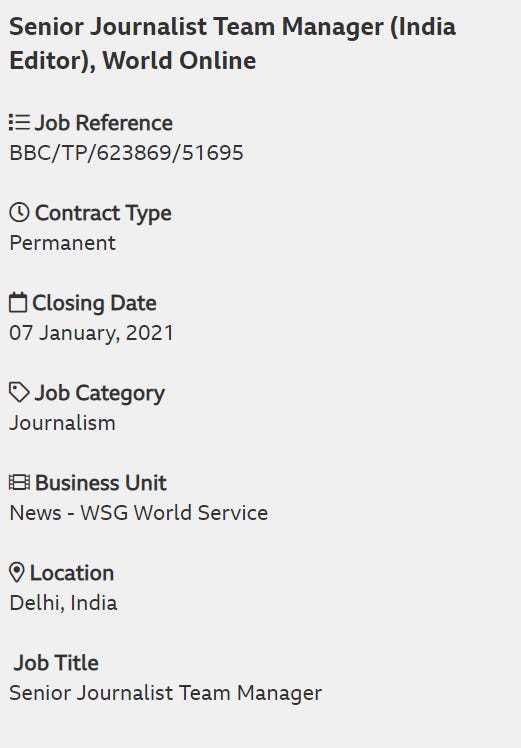
Click to go to the application link BBC India is hiring:
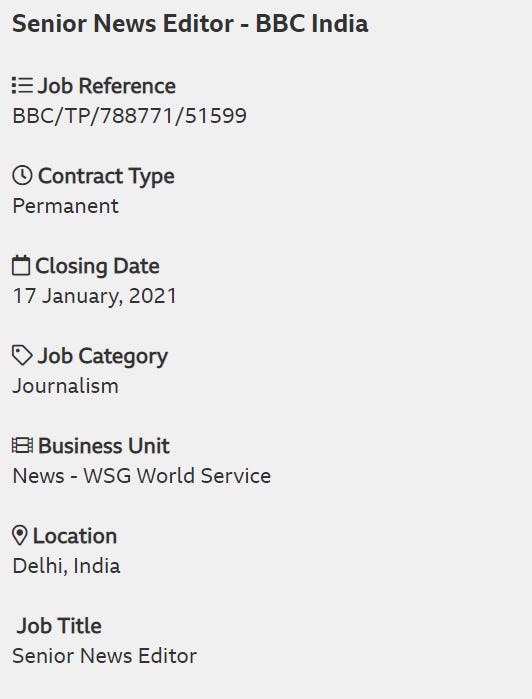
Click to go to the application link India Today Digital is hiring:
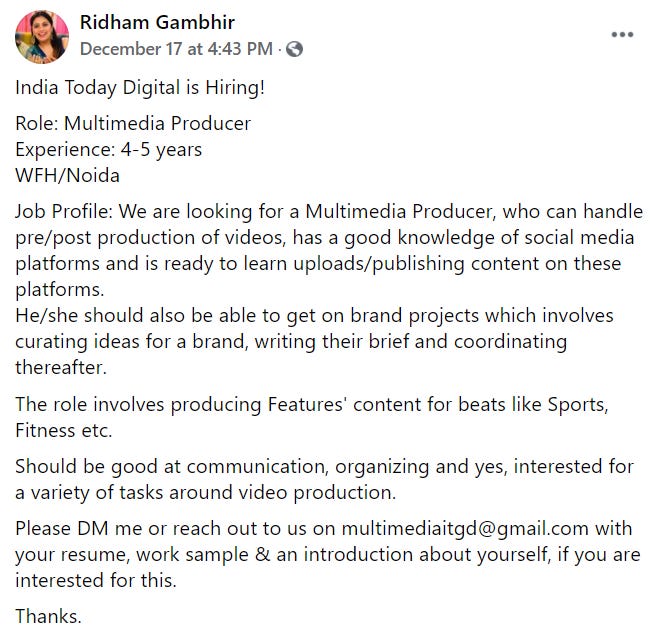
ABOUT THIS NEWSLETTER
This newsletter is an attempt to keep up and share all the latest and greatest stories in media and how they get done. Read about it here: About In Old News-Letter
And if you were forwarded this newsletter, here’s how you can sign up to get the latest editions as they come out!
